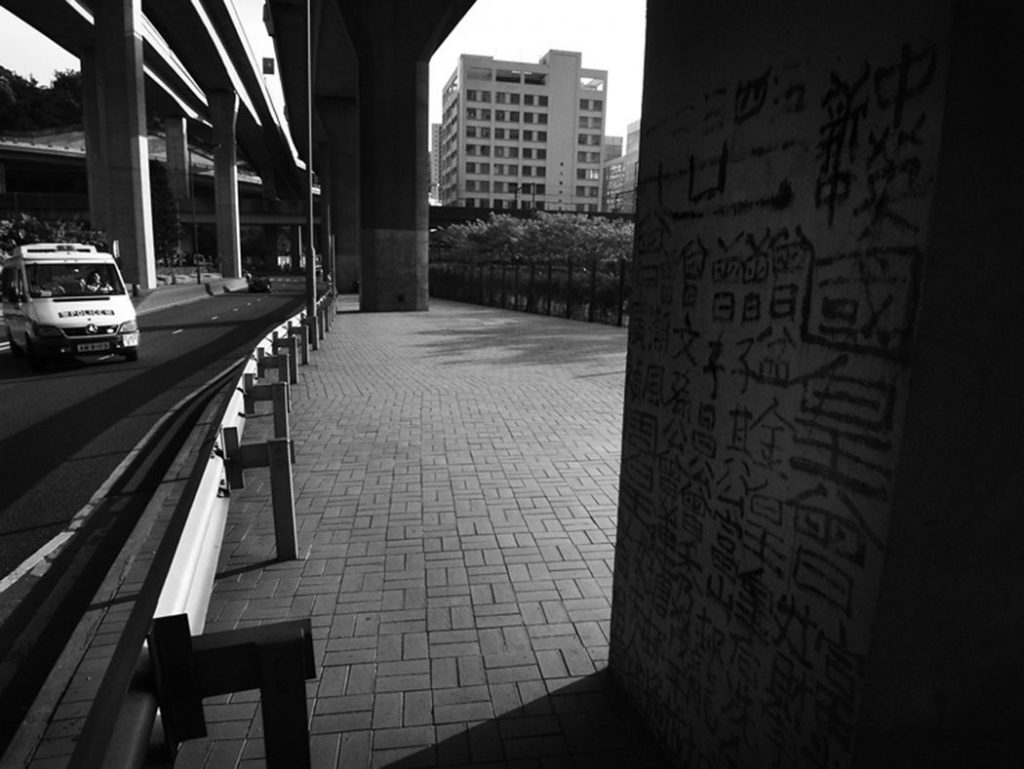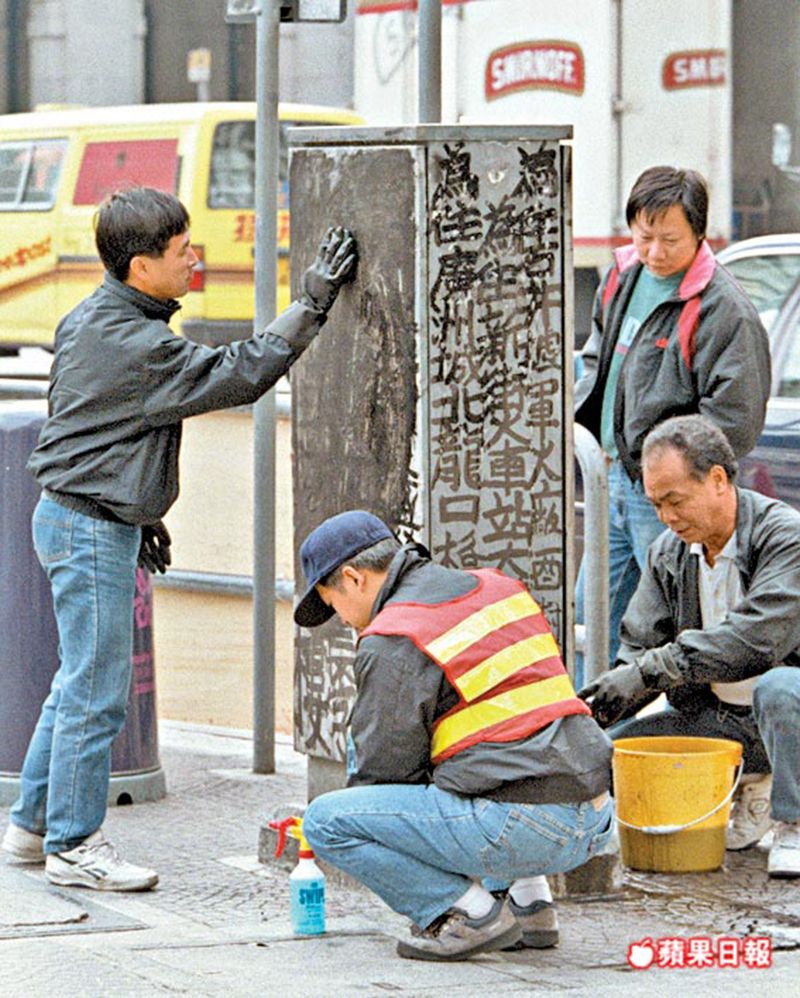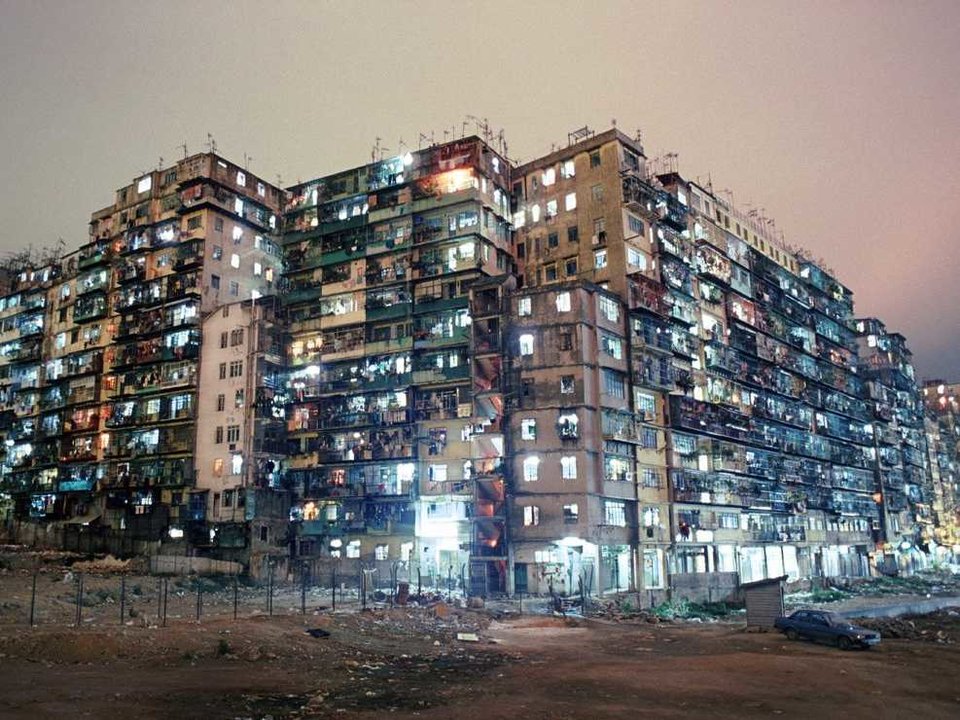Most of his street artwork has been replaced or erased by Hong Kong’s construction development or renovation, so a project was created by Google’s online cultural platform in order to preserve Tsang Tsou-Choi’s artwork. Actually, Tsang was the first artist to be featured in Google’s cultural platform where more than 170 of his street artwork was saved and presented online.
Chang’s work was considered by iconic Chinese museums and government as “too controversial” to care for so the only place people can find and enjoy his calligraphy street art is through Google’s Arts & Culture online platform.
Tsang (aka King of Kowloon) claimed that Kowloon belonged to his ancestor’s clan so he wandered around Hong Kong’s Kowloon district claiming his land and naming his family members names through his graffiti and calligraphy artwork.
One of Tsang Tsou-Choi’s last calligraphy works was in Hong Kong’s electricity box and was destroyed about a year ago by a government contractor.
Kowloon was famous for its walled city which was torn down 25 years ago (March of 1994). It was called The Wall City because it was built as a high-rise squatter camp covering an enormous complex of 300 interconnected buildings. This used to be one of the most crowded places on earth, 119 times as dense a New York City. From the 1950’s, which was the year the complex started building up until its demolition year in 1994, more than 33,000 lived and worked inside the 6.4-acre city.
Tsang Tsou Choi 曾灶財 King of Kowloon available for sale at Artsy.







